#Safety
Ford Recalling 28,000 Vehicles Over Fire, Rolling Risk
A selection of Ford and Lincoln vehicles have been included in a pair of upcoming recalls. The first is involves 2020 Ford Explorer and Lincoln Aviator models suffering from a defective driveshaft. The weld seam is reportedly faulty on some vehicles and can split apart, resulting in a suddenly absent mechanical connection between the transfer case and rear axle. Drivers should be on guard for unintended vehicle creep or a sudden loss of power while moving. In truly bad instances, Ford warned that the driveshaft could come into heavy contact with the fuel tank — complicating things by introducing the always unpopular fire risk.
The second recall involves a link shaft bracket that may snap prematurely and impacts the 2014 Ford Edge as well as 2014-2016 Explorer and Taurus models. Drivers might notice a sudden loss of power while moving or the ability to safely place the vehicle in park. As this creates a roll-away risk, drivers should exercise caution and try to keep their vehicles parked on a level plane until it can be examined.
NHTSA Launching Investigation Into Chevy Bolt Fires
According to the very people trying to sell them, electric vehicles are slated to become the hottest commodity on the automotive market since the Ford Pinto, Pontiac Fiero, or Ferrari 458 Italia. But, following a swath of highly publicized fires, there’s been this creeping narrative that there may be some unaddressed safety concerns pertaining to EVs. Numerous video clips of vehicles spontaneously combusting in Asia and local media reports of phantom garage fires in North America have helped feed the story, with regulators now taking accusations of battery flambé extremely seriously.
Case in point is the National Highway Traffic Safety Administration’s new investigation into the Chevrolet Bolt. The agency’s Office of Defects Investigation received just two complaints regarding 2018 and 2019 Bolts that were alleged to have caught fire in a similar manner. But lids were flipped when the NHTSA realized it had seen a 2017 model with a similar burn pattern working its way up through the rear seat. The group is now launching a preliminary evaluation to decide whether these were freak accidents or if the Chevy Bolt actually has a tendency to catch fire while nobody is around.
Motorcycles Set to Embrace Electronic Nannies, Thanks Ducati
On Tuesday, Ducati announced it would be adding adaptive cruise control and blind-spot monitoring to the Multistrada V4 — effectively making it the first production motorcycle in the world to receive such features. While chucking front and rear-facing radar onto an automobile has become relatively common, motorbikes haven’t been getting them. Pricing remains the largest concern but many motorcycle enthusiasts have also pointed out the systems may expose riders to unnecessary risks.
If the forward-mounted radar on your car sees the vehicle in front getting closer, it may jam on the brakes to save you from an accident. On two wheels, that same action runs the risk of tossing a rider over the handlebars before promptly running themselves over. This leaves us wondering as to the true usefulness of these systems migrating to motorcycles. Have we gone mad with electronic nannies or is all this progress worth it to keep us safe?
Honda Confirms Another Death Related to Takata Airbag Defect
On Saturday, Honda Motor Co. confirmed another death linked to faulty Takata airbag inflation units. While this is the seventeenth known fatality within the United States related to the defect, at least 26 deaths have been tabulated globally with nearly 300 injuries on the books since 2009. But it’s assumed the actual numbers are quite a bit larger since the affected vehicles go back much further than that.
The most recent incident involved a 2002 model year Honda Civic that crashed on August 20th in Mesa, Arizona. The U.S. National Highway Traffic Safety Administration (NHTSA) and Honda jointly confirmed the airbag inflator as the culprit. Unfavorable conditions had led to the defective part rupturing during an accident after the propellant had broken down, causing the system to spray shrapnel inside the cabin just inches from the driver’s chest.
Uber Safety Driver Charged With Negligent Homicide in Arizona Test Incident
The Uber test vehicle that struck and killed a pedestrian in Tempe, Arizona, has been under public scrutiny since March of 2018. But we never heard a lot about the safety driver behind the wheel. So much attention was given to addressing whether or not the autonomous systems on the SUV should or could have seen Elaine Herzberg — and stopped the car before the tragedy occurred — that it became the overriding narrative.
But it really shouldn’t have, as some of the earliest video footage appeared to show that Uber’s safety operator had entirely tuned out of the driving experience in the moments leading up to the incident. Fortunately, Maricopa County Superior Court and National Transportation Safety Board (NTSB) were keeping tabs while the rest of us were not. In fact, the former decided to charge Rafael Vasquez (who also goes by Rafaela) with negligent homicide late last month.
Enjoy the Silence? Green Cars Can Remain Quiet for Another Six Months
Not every hybrid or electric vehicle motors along at low speeds with only road noise, and perhaps a bit of motor whine, alerting people in its path to its presence. However, under a new rule issued by the National Highway Traffic Safety Administration, automakers were told to ensure their vehicles emit a warning noise at speeds of up to 18.6 mph.
The measure was first proposed back in 2010, when hybrids were few and EVs almost non-existent. Moving at the speed of bureaucracy (the Department of Transportation finalized the rules in 2016), the low-speed noise mandate was supposed to finally enter into law last September, but the NHTSA extended the deadline by a year. On Monday, the agency extended it once again.
Worried About Recalls? The NHTSA Has an App for That
The National Highway Traffic Safety Administration (NHTSA) just dropped an updated application for smart devices that offers the ability to automatically track recall information. After downloading, users simply input or scan their vehicle identification number (VIN) into their phone and the government-sanctioned service will notify them when/if recall new information becomes available.
While automakers and equipment manufacturers are still legally obligated to inform customers directly, the NHTSA believes redundancy isn’t a terrible idea when it comes to safety — and the app should beat any mailers sent out in the event of a recall.
Our more tech-savvy readers are probably wondering what the catch is, and with good reason. Free apps typically come with privacy concerns, as user data is frequently shoveled around to “optimize the experience” and/or make the creator some money. But there doesn’t seem to be any of that here. The NHTSA said the app won’t store any user information and only needs the basic details about your vehicle(s), which will never leave your device.
C8 Corvette 'Frunk' Over-the-air Update Underway
Owners of the newly mid-engined Chevrolet Corvette might notice a new message greeting them this week, now that a solution to a recent recall concerning the 2020 C8 ‘Vette’s “frunk” appears to be underway.
C8 owners have complained of their front-end trunk’s (frunk’s) lid opening while on the road, leading to a dangerous situation as they attempt to pull over to close it. Just like a hood flying up on the highway, no one wants their frunk doing the same. TTAC’s Chris Tonn, currently ensconced in a bright yellow example, received the prescribed remedy last night.
J.D. Power Reveals What Owners Find Annoying About Automotive Technology
Today’s automobiles are loaded with the kind of technology our grandparents could only dream about. Unfortunately, some dreams aren’t all they’re cracked up to be, and we’ve often bemoaned the many annoyances associated with modern vehicles.
J.D. Power recently shared its Tech Experience Index (TXI) Study, which has been modified to better assess specific features American drivers did and did not enjoy. The general takeaway seems to be that the average motorist feels pretty good about outward-facing cameras and anything else that improves a car’s outward visibility (handy in an era of extra chubby structural pillars).
However, the more intrusive safety inclusions that actively modify how the vehicle responds to the world around it didn’t seem to get nearly as much love, with many respondents suggesting they don’t trust the systems to behave in a predictable manner. It’s something we’re in broad agreement with and echoes many of the complaints we’ve heard from readers, friends, or rattling within our own skulls.
IIHS: Small Cars Remain, by Far, the Deadliest Ride for Teens
The other week we brought you a list of best used car buys for teen drivers. Driver safety factored heavily into the choices compiled by the Insurance Institute for Highway Safety (IIHS) and Consumer Reports, with the cheapest offerings obviously being car-like in nature.
With their lower prices, cars remains the ride of choice among teens, despite the new vehicle market shifting violently away from traditional three-box conveyances. They’re also the type of vehicle teens are most likely to turn up dead in, and the trend shows little change, despite the rapidly evolving auto landscape.
Chariots of Fire? NHTSA Probes Chrysler Town & Country
A defunct minivan is under investigation by the National Highway Traffic Safety Administration after three owners reported fires breaking out in the interior of their vehicles.
The preliminary probe, opened August 6th, covers only the 2014 Chrysler Town & Country, the high-zoot sibling of the Dodge Grand Caravan. It seems the trouble lies with the vehicle’s charge hub, which sits between the second- and third-row seats.
Are Modern Driving Assistance Features Unreliable? AAA Researchers Say Yes
The American Automobile Association (AAA) is recommending automakers limit the use of advanced driving aids after concluding they’re not really up to the challenge of providing reliable safety.
Over the past two years, AAA has focused on testing crash prevention systems to see if they’re all manufacturers claim — deciding that while many are useful in some instances, they’re far too inconsistent to be considered reliable safety nets. Like us, the group worries that making these features commonplace has created a false sense of security among drivers. While one might assume advanced driving aids have to be halfway decent to be put into vehicles, AAA’s pedestrian detection test from 2019 showed they’re anything but consistent.
On Thursday, America’s favorite motor club returned to report on its latest findings on five systems currently offered by the industry. For the test, AAA selected a 2019 BMW X7 with Active Driving Assistant Professional, 2019 Cadillac CT6 with Super Cruise, 2019 Ford Edge with Co-Pilot360, 2020 Kia Telluride with Highway Driving Assist, and a 2020 Subaru Outback with EyeSight. The group was sent to numerous testing sites in California, Utah, and Nevada, and given a 4,000-mile shakedown on public roads — where the outfit found the systems averaged a misstep or disengagement roughly every 8 miles.
Autonomous Vehicle Legislation Unlikely to Go Anywhere in 2020
Legislation that would advance the widespread deployment of autonomous vehicle in the United States appears to have stalled. With development of the technology hitting a rough patch and public perception teetering between AVs being a major breakthrough for society or an important contributor to its demise, any new laws might have been irrelevant anyway.
Outside of major players like Waymo, companies making consistent progress on the technology are hard to find; meanwhile, it’s becoming increasingly difficult to decide who’s at fault when a computer-controlled car goes off script and hurts someone or destroys property. Drivers don’t want to be liable, since they’re not technically supposed to be the ones in control (once true self driving arrives) and manufacturers don’t want to assume any more responsibilities than absolutely necessary.
Those concerns and more were reportedly on full display during last week’s Automated Vehicles Symposium. Designed to take the pulse of the industry and decide where AVs currently stand, the event seemed to showcase that there wasn’t much to be done this year. Whether it be the fault of companies overestimating how quickly the technology would advance (yes), the impact of pandemic-related lockdowns (yes), the unappetizing nature of the mobility concept (yes), or a lack of effective, well-informed governance (yes), 2020 seems to be a wasted year for vehicular autonomy.
QOTD: Next Stop, Hyperbole?
A strange phenomenon (one of many) cropped up in recent years among the more ardent of very-online quasi-activists, one where people seem to think that jumping to the most hyperbolic potential outcome of their “enemy’s” actions somehow lends weight to their argument — to their opposition to something, anything.
It also manifests as a person attributing the maximum amount of malice to the actions of a person or entity they dislike, as if they hold a special key to the innermost thoughts of their most despised foes.
Which brings us to large pickup trucks and the nation’s children.
Musk on Cybertruck: If They Don't Like It, We'll Go Boring
Tesla CEO Elon Musk was on top of his game during an interview with Automotive News last week. By that, we mean his ego and various personality quirks came through like a shaft of sunlight parting a fog bank.
Musk announced during the talk that his company performed no customer research before designing and revealing the polarizing and still-not-clearly-legal Cybertruck to would-be buyers, laughing at the idea. If folks don’t like it, he said, there’s a plan.







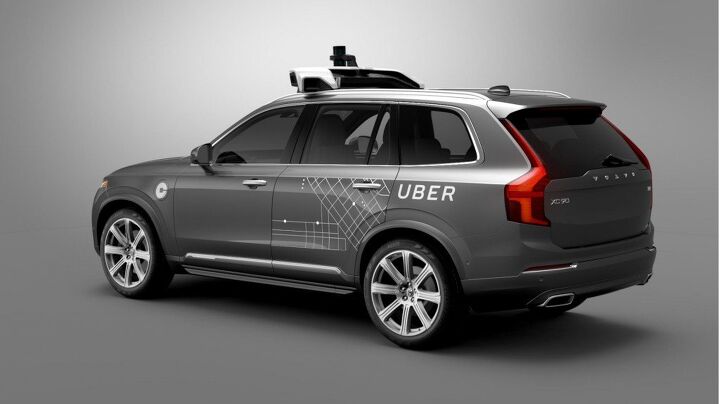
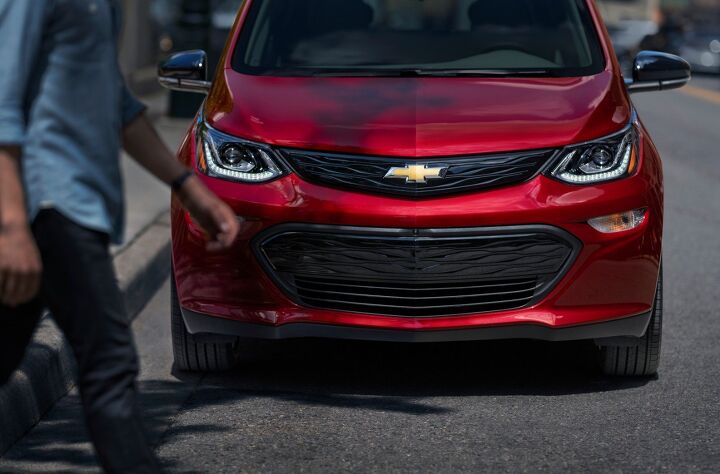
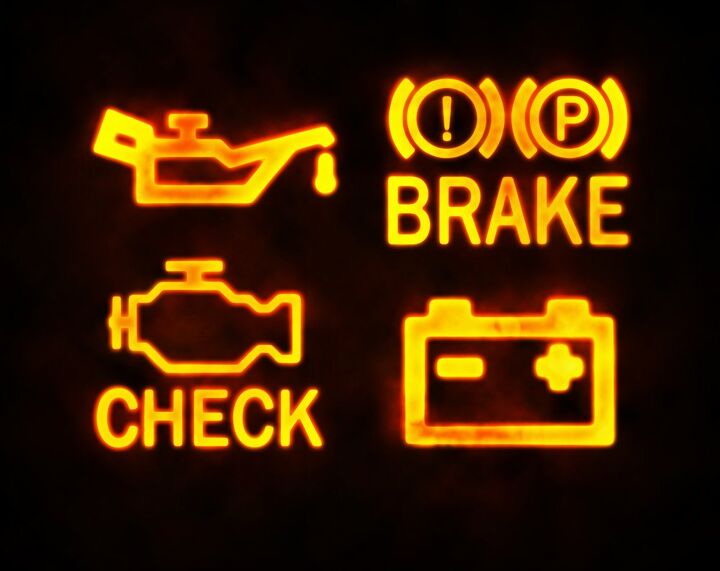
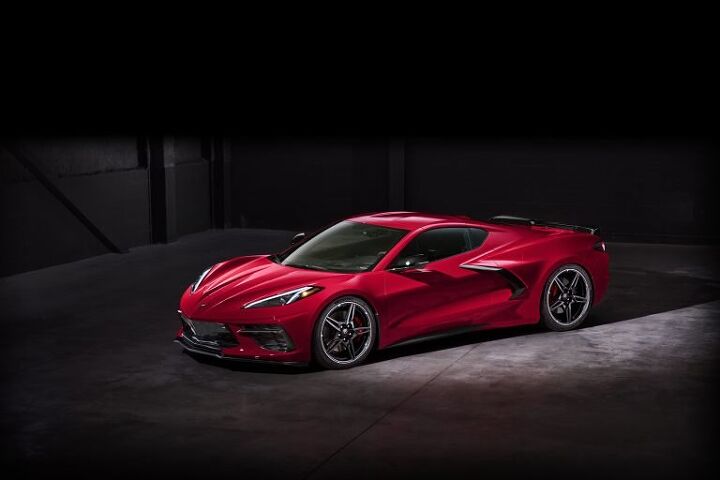






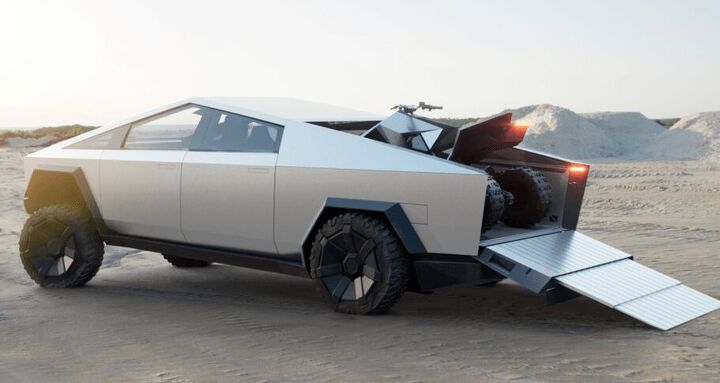












Recent Comments